How to Choose Athletic Shoes
Choosing running shoes with the wrong fit and features can result in serious injuries, so 5-Minute Crafts has some tips to help you get the perfect shoe for your type of running or athletic activity.
1. Make sure to choose sports-specific shoes.
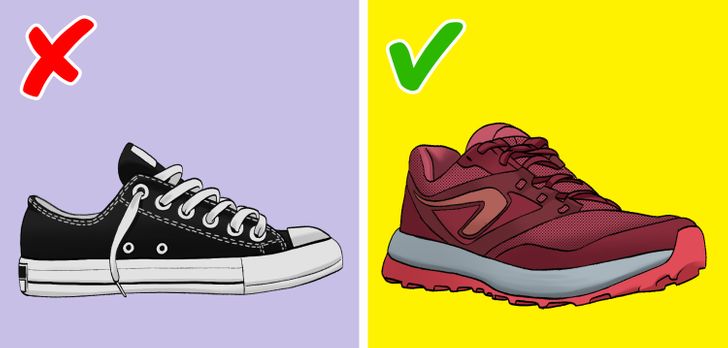
Athletic shoes contain specialized technology and features that help you run. They’re made to prevent damage.
2. Choose the right fit.
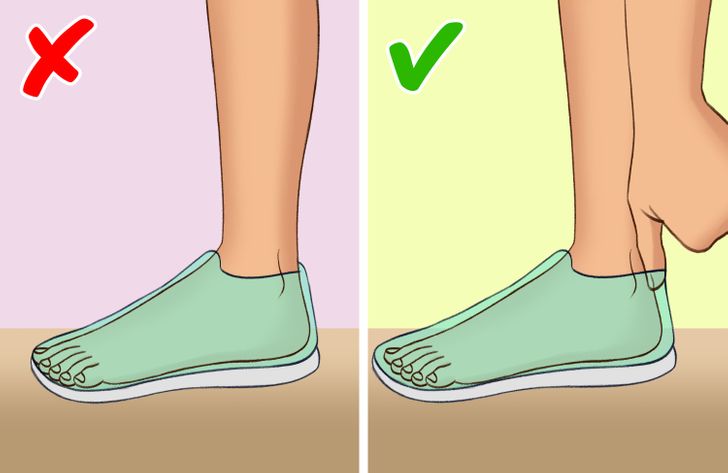
Your running shoes should fit perfectly or it could lead to serious problems. Here are a few things to look for in terms of fit:
✅ Feet tend to swell during the day so it’s better to try on running shoes in the afternoon and night for a more accurate fit.
✅ There needs to be roughly the width of one thumb between the end of your shoe and the end of your foot to accommodate any spreading of your feet.
✅ The shoe should wrap comfortably around your foot.
✅ Standard shoe widths are D for men and B for women.
3. Choose specific shoes for specific activities.
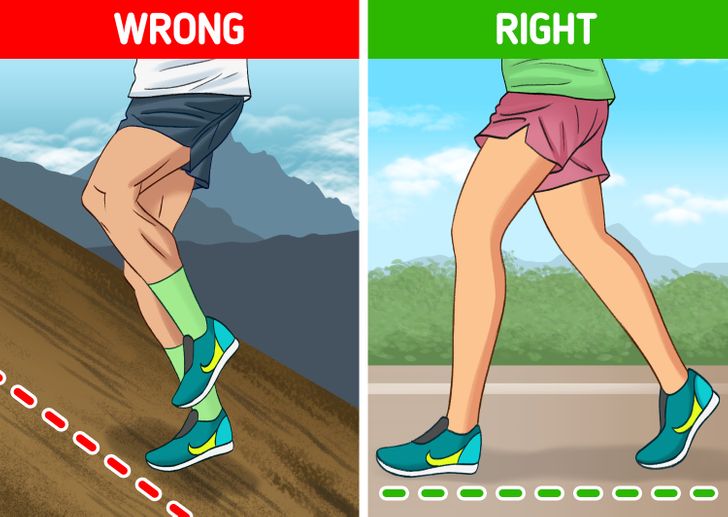
Athletic shoes can vary in design, material, and weight. They’re made to protect the areas of the feet that are most stressed during that kind of activity.
Here are some types of shoes and what to look for:
- Running: In this case, look for shoes with overall shock absorption, flexibility, control, stability in the heel counter area, lightness, and good traction. These shoes are good for road running.
- Trail: Look for shoes that have lugged rubber soles on the bottom to provide a better grip. They should also have a durable upper. Your shoes should work well with all types of surfaces but are specifically made for running up hills or hiking.
- Walking: Look for lightweight shoes with extra shock absorption in the heel of the shoe and under the ball of the shoe. A shoe with a slightly rounded sole is also good for when you’re walking as it encourages the natural walking motion of the feet. Also, look for a comfortable soft upper.
- Aerobic: These should be lightweight and have extra shock absorption in the sole beneath the ball of the foot.
- Tennis: Look for a shoe that is stable and flexible on the inside and outside. Also, look for a softer soled shoe if you’re in a soft court to allow better traction. On hard courts, wear shoes that have a sole with greater tread.
- Basketball: Choose a shoe with a thick, stiff sole. A high-top shoe can provide you with better support.
4. Buy them in an athletic shoe store.
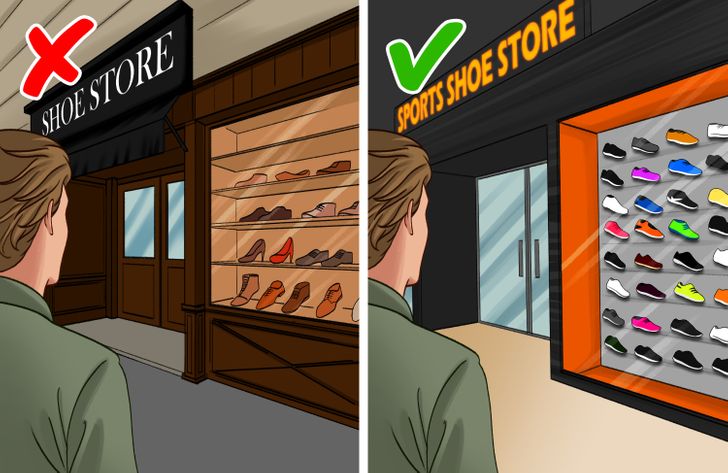
If it’s possible, choose a store that specializes in athletic shoes as they will provide you with better support and can help with proper advice.
5. Price matters.

Expect to spend some money on good athletic shoes. The technology and comfort they have, the more expensive they will be. Expect to pay something between $110 to $150 for shoes that will fit your needs.
6. Know the lingo.
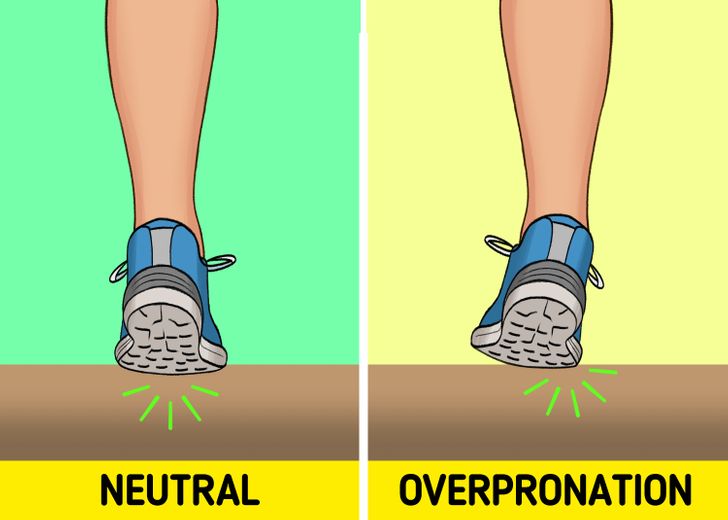
Here are a few terms that some professionals use and that you can find in detailed product descriptions that you should know if you want to get the perfect running shoes.
- Pronation control: This refers to the difference between a neutral and a stability shoe. Around 80% of athletic shoes are neutral shoes and offer the largest selection. They are the best option for most runners. Stability shoes offer technology and design that can correct overpronation, which is a thing that occurs when the ankle rolls excessively inward with each step.
- Stack height: This refers to the amount of material between your shoe and the ground. They can range from barefoot to highly cushioned. People who like feeling the ground when running prefer shoes with minimal cushioning. People who would rather enjoy a plush running experience with a great deal of impact protection prefer shoes with high stack height.
- Heel-toe: This is the difference between the amount of material under the heel and the amount of material under the forefoot of a running shoe. A lot of running shoes have more material under the heel to help absorb the impact of landing to accommodate a stride where the heel is the first part of the foot that touches the ground. Shoes with less material in the heel part will promote a stride where the middle or front part of the shoe touch the ground first.